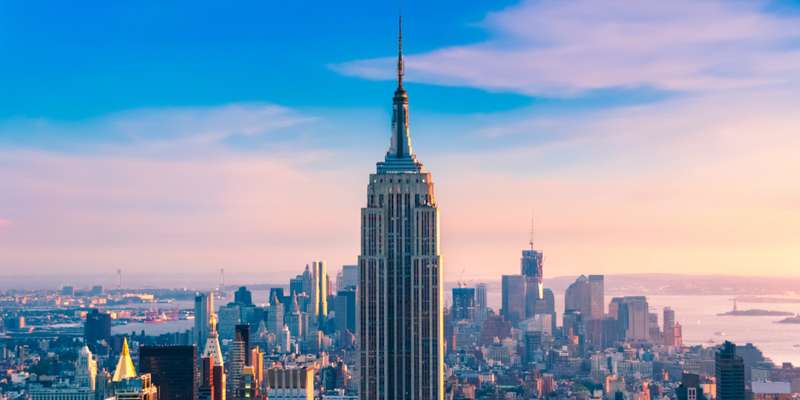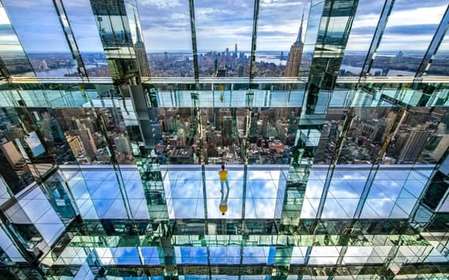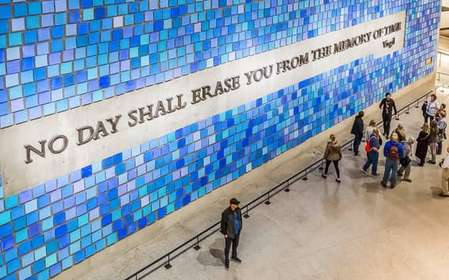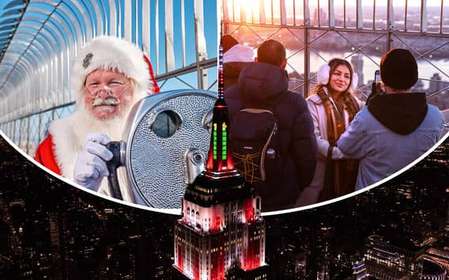- Home
- Useful Tips
- Exploring the architectural...
Nearly 750,000 visitors pass through Grand Central Terminal daily, yet most miss its extraordinary architectural details and secret spaces. Overwhelming crowds and confusing layouts prevent travelers from appreciating the Beaux-Arts masterpiece, with 75% reporting they leave without seeing key features like the celestial ceiling or whispering gallery. The frustration mounts when you've allocated precious vacation time only to battle selfie sticks and tour groups, unable to decode the terminal's hidden narratives. This isn't just about missing photo ops – it's about failing to connect with one of New York's most soulful spaces, where every cornice and constellation tells a story of the city's golden age.


Navigating the terminal without the morning madness
The 8-10am commuter rush transforms Grand Central into a pressure cooker of hurried footsteps and echoing announcements. Savvy visitors arrive either before 7:30am when the first sunlight illuminates the main concourse's gold leaf details, or after 9:30pm when the Vanderbilt Hall chandeliers cast dramatic shadows across the marble floors. Winter Wednesdays offer a sweet spot – midweek cold keeps casual tourists away while the holiday market adds festive charm. Locals know to enter via the 42nd Street passageway near the Chrysler Building to avoid the main entrance scrum. This discreet access route delivers you directly to the lower dining concourse, where the original 1913 tilework remains pristine away from foot traffic.
Decoding the celestial ceiling's hidden messages
That magnificent turquoise ceiling above the main concourse holds more secrets than meets the eye. The backward constellation pattern isn't an artist's error – it depicts the night sky as viewed from heaven's perspective, a deliberate choice by architect Whitney Warren. Bring binoculars to spot the tiny hole near Pisces where a 1957 Redstone missile was displayed during the space race. Free docent-led tours (weekdays at 12:30pm) reveal how restorers left one soot-covered tile near Cancer as a reminder of the nicotine-stained pre-1996 ceiling. For deeper astronomical insights, the New York Transit Museum's weekend workshops explain how the ceiling's 2,500 stars were originally illuminated by fiber optics in 1913 – a space-age technology decades before its time.
Whispering gallery tricks the tour groups don't know
The famous whispering gallery outside the Oyster Bar works best when you stand at precise 45-degree angles to the arches – most visitors face directly across and miss the acoustic magic. Try whispering restaurant recommendations into the corner while a friend listens 30 feet away; the vaulted Guastavino tiles create sound channels used by 1920s brokers to transmit stock tips. Come at off-peak lunch hours (before 11:30am or after 1:30pm) when fewer people disrupt the sound waves. Pro tip: the gallery's echo effect amplifies smartphone audio perfectly – play Gershwin's 'Rhapsody in Blue' here for an unforgettable musical moment under the arches where the composer once roamed.
Secret spaces even New Yorkers overlook
Beyond the main attractions lies a network of forgotten spaces holding Grand Central's true character. The Campbell Apartment (now a cocktail bar) retains its original leaded windows where 1920s tycoon John Campbell monitored his rail empire. Down on the lower level, Track 61's hidden platform once hosted Franklin D. Roosevelt's private train car, accessible today only through special tours. Architecture buffs should seek out the glass walkway above the main concourse – this former photography darkroom now offers eagle-eye views of the terminal's symmetry. For the ultimate hidden experience, time your visit with the annual Holiday Open House when normally restricted areas like the tower's catwalks open to the public.



